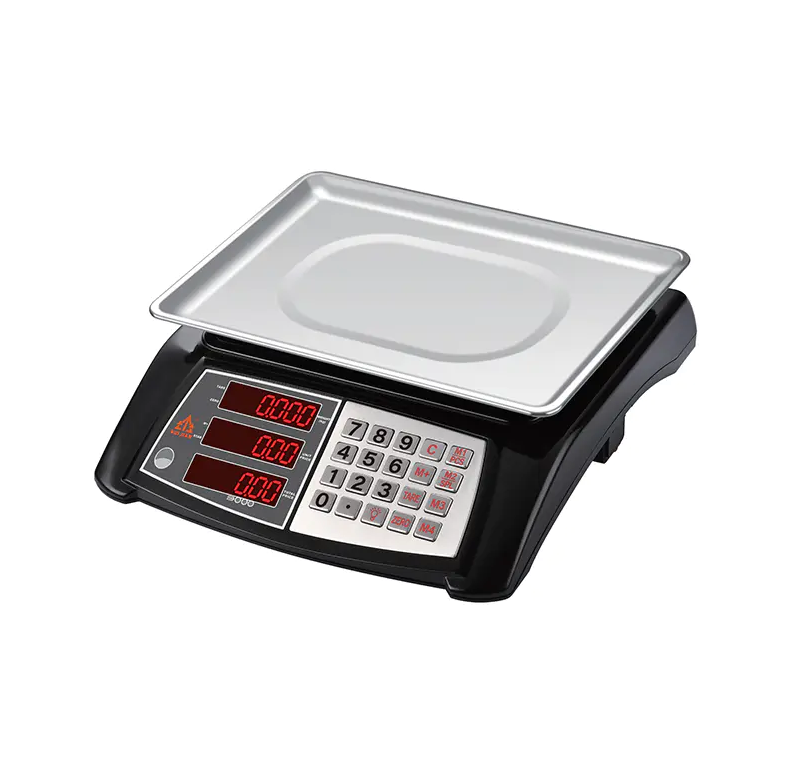Retailers often operate in diverse conditions, from open-air markets to food processing spaces with high humidity and temperature. In such challenging environments, electronic weighing devices must withstand more than just constant usage—they also need to resist environmental stress. This raises an important question: can price computing scales continue functioning reliably when exposed to moisture or heat for extended periods?
Effects of Humidity on Internal Components
Humidity can pose a significant threat to electronic equipment. In the case of price computing scales, moisture can seep into the housing and affect sensitive internal circuits or load cells. Prolonged exposure may result in inaccurate readings, corrosion of electronic contacts, or display malfunctions. To counteract this, some models are designed with sealed casings, water-resistant keypads, and coated circuit boards to help minimize the impact of moisture. Scales that comply with Ingress Protection (IP) ratings—such as IP65—are more suitable for use in damp environments like seafood stalls or produce sections.
Challenges of High-Temperature Conditions
High temperatures can influence both mechanical and electronic components. Heat may alter the behavior of metal load cells, causing them to expand slightly and shift calibration values. Internal batteries and LCDs may also suffer in prolonged heat, reducing efficiency and lifespan. Some industrial-grade price computing scales are built with thermal insulation or use materials that resist heat deformation. However, typical commercial models may not be optimized for environments that consistently exceed 40°C (104°F), and regular operation under such conditions can shorten the unit's service life.
Importance of Choosing the Right Model for Harsh Settings
Selecting a model that matches the working conditions is critical. Manufacturers often specify the optimal operating temperature and humidity range for each unit. For example, some models are rated for use between 0°C and 40°C and relative humidity below 85%. When used beyond those limits, performance reliability cannot be guaranteed. Businesses operating in kitchens, outdoor stalls, or warehouses without climate control should consider investing in scales built for industrial or semi-industrial use, as they offer better environmental resistance.
Maintenance Practices to Extend Operational Stability
Proper maintenance can reduce the risk of malfunction in humid or hot environments. Regular cleaning of the scale surface and surrounding areas can prevent moisture buildup and microbial growth. After each use, especially in wet conditions, wiping the unit dry can protect sensitive parts. Additionally, avoiding direct exposure to steam, placing the device under shade, or using protective covers can all contribute to preserving accuracy and functionality. It is also wise to store the scale in a controlled environment when not in use, especially overnight.
Conclusion: Environmental Readiness Depends on Design and Use Habits
Price computing scales can operate in humid or high-temperature conditions, but their performance largely depends on their design, build quality, and the care with which they are maintained. While standard models may suffice in mildly variable climates, demanding environments call for rugged models with water-resistant or heat-resistant features. Businesses that understand their operating context and select the right tools accordingly will benefit from better reliability, fewer breakdowns, and more accurate results, even under extreme conditions.
